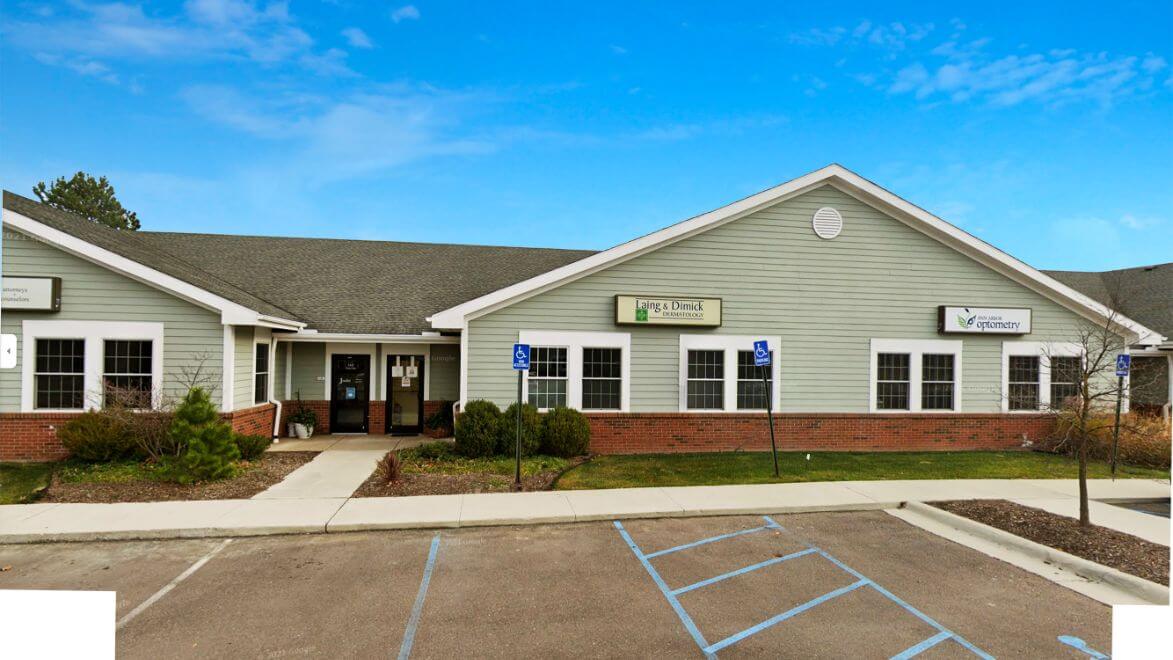Mohs Surgery
Mohs Surgery: The Gold Standard for Skin Cancer at Pinnacle Dermatology
Mohs surgery is the premier treatment for squamous cell carcinoma and basal cell carcinoma, the two most prevalent types of skin cancer. It can also be used to treat early-stage melanoma. This highly effective procedure is performed under local anesthesia and involves the meticulous removal of skin cancer layer by layer. Each layer is examined under a microscope in real time to ensure all cancerous cells are removed, continuing until only healthy, cancer-free tissue remains.At Pinnacle Dermatology, our Mohs surgeons are uniquely trained in cancer surgery, pathology, and reconstructive surgery, ensuring the highest success rate among skin cancer treatments. The precision of the Mohs technique results in cure rates approaching 99 percent, making it the most reliable option for treating skin cancer. This specialized training allows our surgeons to achieve optimal cosmetic and functional outcomes, minimizing scarring and preserving healthy tissue.
Why Should You Choose Mohs Surgery?
Choosing Mohs surgery at Pinnacle Dermatology means benefiting from the expertise of our highly skilled team, who are dedicated to providing comprehensive care and exceptional results. Our surgeons are equipped with the latest techniques and knowledge, ensuring that each patient receives the best possible treatment.An annual skin examination is crucial in identifying skin cancers early when they are most treatable. Early detection and treatment can prevent the cancer from spreading and reduce the need for more extensive surgeries. By combining regular screenings with the advanced Mohs surgery technique, Pinnacle Dermatology offers a comprehensive approach to skin cancer care.
Learn more about how Mohs surgery can effectively treat your skin cancer and restore the health and appearance of your skin. Schedule a consultation with our expert team at Pinnacle Dermatology today and take the first step toward a cancer-free future. Your skin health is our top priority, and we are here to support you every step of the way.
Examples of Mohs Surgery
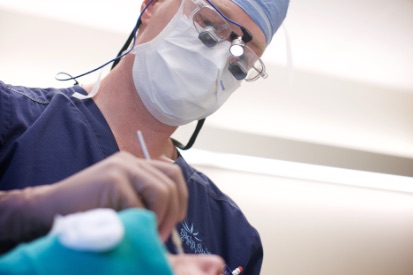
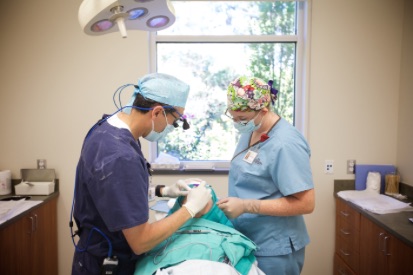
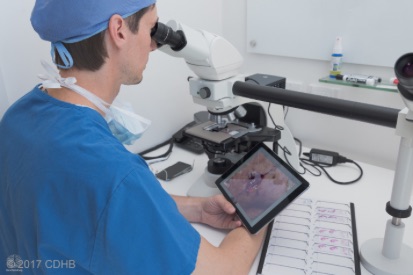
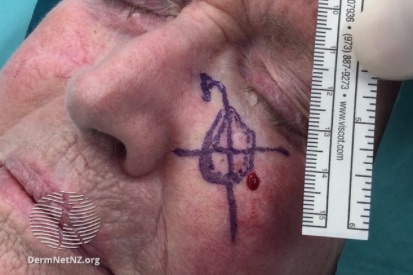
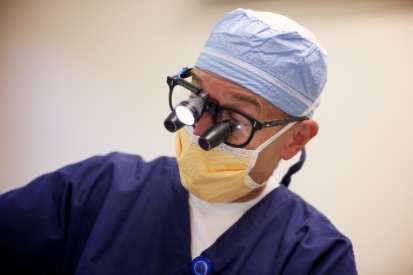
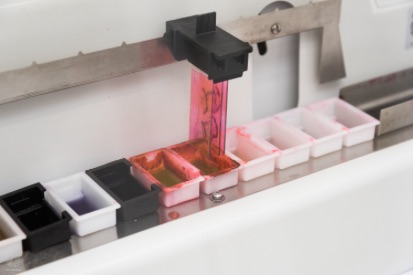
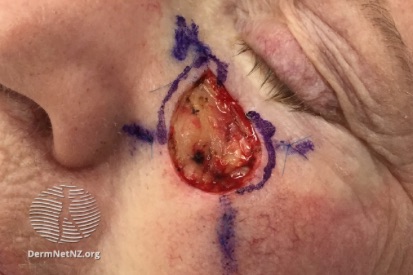
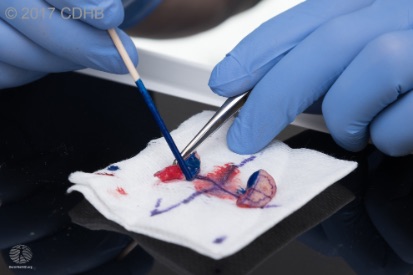
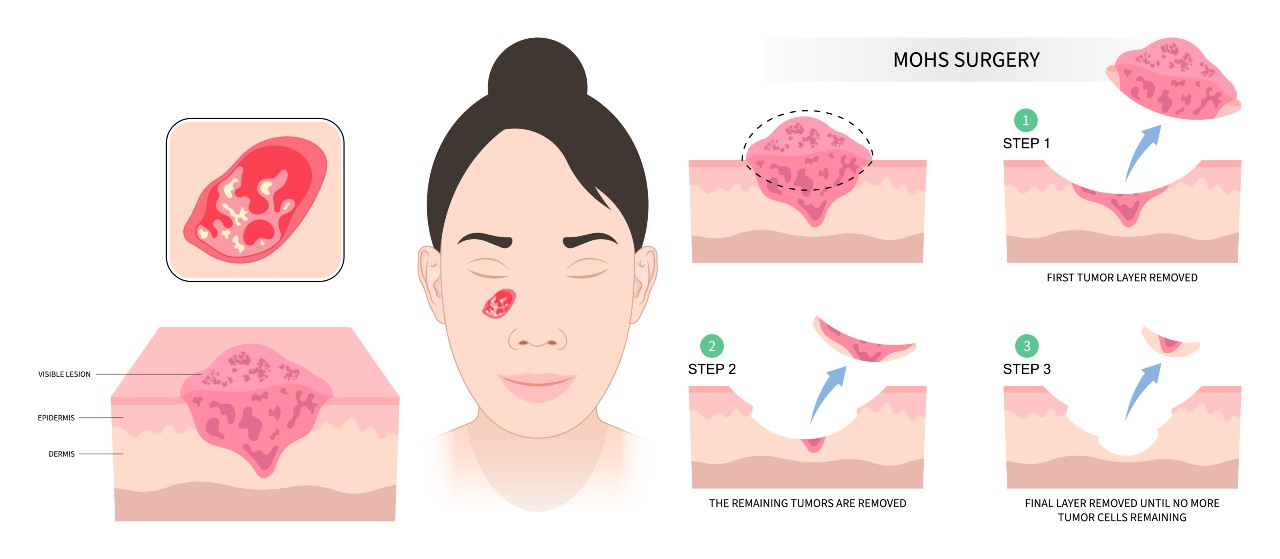
What is Mohs Surgery?
Mohs surgery is a precise, state-of-the-art procedure for removing skin cancer with the highest potential for cure, even for cancers that have returned. Mohs micrographic surgery allows the physician to examine tissue in real time and ensure all cancer cells are removed while preserving healthy tissue.
This meticulous approach makes Mohs surgery for skin cancer especially effective for basal cell carcinoma, squamous cell carcinoma, and early-stage melanoma. By targeting the entire tumor down to its roots, Mohs surgery maximizes cure rates and minimizes scarring, giving patients confidence and peace of mind.
This procedure is most often used in treating three of the most common forms of skin cancer: melanoma, basal cell carcinoma and squamous cell carcinoma.Mohs Surgery Benefits
Mohs surgery is the most precise method for removing skin cancer, providing patients with confidence in both the effectiveness of the treatment and the preservation of healthy tissue. Performed by specially trained dermatologic surgeons, this technique carefully removes cancer layer by layer while examining each section under a microscope, ensuring thorough treatment and optimal outcomes.
Key benefits of Mohs surgery include:
- Maximized tissue preservation – Healthy skin is spared, reducing scarring and maintaining natural appearance.
- Targeted cancer removal – Every layer is examined to ensure the entire tumor is removed.
- Effective for high-risk areas – Ideal for delicate regions like the face, ears, and hands.
- Lower recurrence rates – Reduces the chance of skin cancer returning compared to other methods.
- Customized reconstructive options – Surgeons can repair the site immediately, improving cosmetic and functional results.
How A Pinnacle Mohs Surgeon Can Help: Skin Cancer Treatment
At Pinnacle Dermatology, our Mohs surgeons are board-certified and specialize exclusively in Mohs surgery and related dermatological procedures. This focused practice allows them to refine their skills and stay updated on the latest advancements in the field.
Our patient promise is dedicated to your care. Our Mohs surgeons undergo extensive training beyond medical school and residency to ensure you receive comprehensive skin cancer care.
Why Choose Mohs Surgery at Pinnacle Dermatology?
Choosing Mohs surgery at Pinnacle Dermatology means entrusting your care to a team of highly skilled surgeons who specialize in precision skin cancer treatment. Our experts combine advanced techniques with a patient-focused approach to maximize results while preserving healthy tissue.
Benefits of choosing Mohs surgery at Pinnacle Dermatology include:
- Expert care from board-certified Mohs surgeons trained in surgery, pathology, and reconstruction.
- Precision treatment that removes cancer layer by layer for thorough results.
- Optimal cosmetic outcomes with minimal scarring.
- Comprehensive skin cancer management, including early detection and follow-up care.
With Mohs surgery, Pinnacle Dermatology provides a thorough, effective approach to treating skin cancer while prioritizing your long-term skin health.
Watch: Mohs Surgery for Skin Cancer from Board-Certified Mohs Surgeon Dr. Paula Lapinski
What to Expect at Your During Your Mohs Procedure
During Mohs surgery, your procedure combines precise surgical removal with real-time microscopic analysis. The goal is to remove all cancerous tissue while preserving as much healthy skin as possible.
Here’s what typically happens:
- The visible tumor is carefully removed.
- Your surgeon creates a detailed “map” of the excised tissue to track any remaining cancer cells.
- Each layer of tissue is examined under a microscope.
- If cancer cells are detected, another thin layer is removed only from the affected area, then re-examined.
- This process repeats layer by layer until the tumor is eliminated.
By systematically removing only diseased tissue, Mohs surgery maximizes the chance of complete cancer removal while minimizing impact on surrounding healthy skin. Patients benefit from precision, safety, and the best possible cosmetic and functional outcomes.
How to Prepare for Mohs Surgery
To help ensure a smooth Mohs surgery experience, shower and wash your hair on the day of your procedure and eat your usual breakfast unless instructed otherwise. Bring a list of medications and be ready to complete a brief medical history form.
Upon arrival, complete a medical history form, bringing a list of medications. Discontinue Erectile Dysfunction medication 72 hours before surgery. Avoid alcohol for 48 hours before surgery and follow your provider’s guidance on medications such as aspirin, ibuprofen, or certain supplements. Skip makeup, perfume, nail polish, and jewelry, and arrange transportation if a sedative will be used. Your Mohs surgeon will provide personalized instructions to ensure you are fully prepared.
Planning for Recovery after Mohs Surgery
After Mohs surgery, plan for a smooth recovery by arranging transportation home, as you may feel groggy from anesthesia. Take it easy for a day or two, avoiding strenuous activity, and follow your surgeon’s post-operative care instructions carefully, including keeping the wound clean and dry. Most patients only need a single follow-up visit to examine the surgical site or remove dressings.
Ongoing skin health is important after treatment. Patients who have had skin cancer are at higher risk of developing it again, so lifetime annual skin exams and dermatological checkups are recommended. Your dermatologist will monitor both the treated area and your overall skin to catch any new cancers early.
Am I a Candidate for Mohs Surgery?
Mohs surgery is often recommended for patients with basal cell carcinoma, squamous cell carcinoma, or certain early-stage melanomas, especially when cancer occurs in sensitive or high-risk areas like the face, ears, or hands. Candidates include those with recurring skin cancers, tumors with aggressive growth patterns, or cases where tissue preservation is important for cosmetic or functional reasons. Your dermatologist can evaluate your specific situation and determine if Mohs surgery is the right approach for you.
Mohs Surgery FAQs
Mohs surgery precisely removes cancer while sparing healthy tissue. Using detailed mapping and microscopic examination, surgeons target even the tiniest cancer cells, maximizing the chance of a cure and minimizing skin loss.
No. Mohs surgery is typically performed in an outpatient setting, and you can usually return home on the same day. Hospital care is only needed in rare cases.
Your appointment is usually scheduled in the morning. The area around the skin cancer will be numbed, and the visible tumor, along with a thin layer of surrounding tissue, will be removed. Each layer is mapped and examined under a microscope, a process that may involve several stages to ensure that all cancer cells are removed.
While the surgery itself is quick, the entire process can take several hours. You’ll wait in a comfortable reception area between stages, so bring reading material, a sweater, and plan to be at the office for most of the day. A companion can help with transportation and bring snacks if needed.
Yes, some scarring is inevitable, but Mohs surgery removes as little healthy tissue as possible to minimize it. Depending on the wound, your surgeon may allow it to heal naturally, close it with stitches, or perform a skin graft or flap to achieve the best cosmetic outcome.
Most patients need only one follow-up visit to check the surgical site or remove dressings. After that, routine dermatology checkups are recommended. Since having skin cancer can increase your risk of developing it again, annual skin exams are important to monitor both the treated area and detect any new cancers early.
The best way to protect your skin is to minimize exposure to harmful ultraviolet (UV) rays. Even on cloudy days, sunlight can still damage skin cells and weaken the immune system, thereby increasing the risk of skin cancer. Key steps include:
- Using sunscreen with an SPF of at least 30 and broad-spectrum UVA/UVB protection whenever you are outdoors.
- Avoiding peak sun hours between 10:00 a.m. and 4:00 p.m.
- Protecting your skin on cloudy days, as UV rays can still penetrate through clouds.
- Wearing protective clothing, such as hats, sunglasses, and long-sleeved shirts, when possible.
Following these steps allows you to stay active outdoors while reducing your risk of future skin cancers.
Featured Blogs
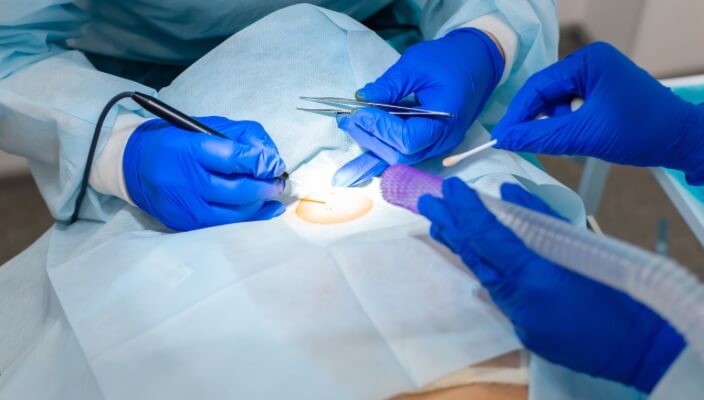
- Skin Cancer
Skin cancer, one of the most prevalent types of cancer, has witnessed a transformative journey in its treatment landscape.
Read More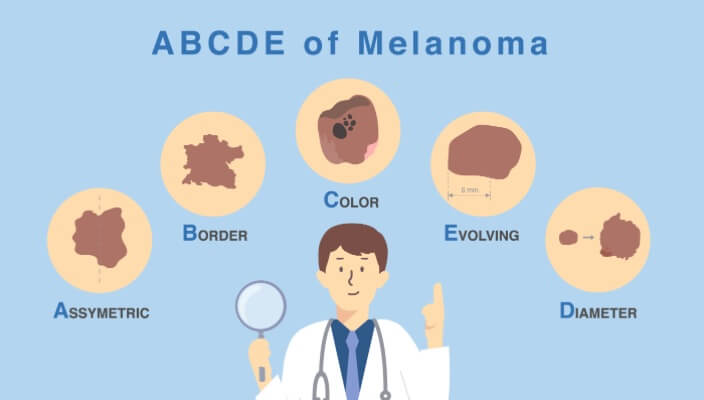
- Skin Cancer
- General Dermatology
- Skin Exams
Learn the ABCDEs of Melanoma, the deadliest form of skin cancer.
Read More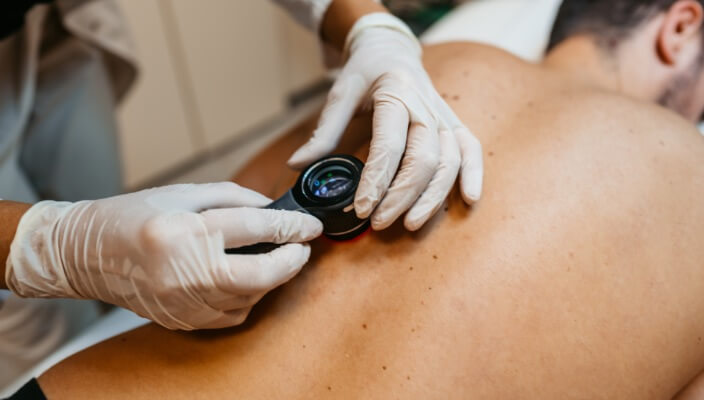
- Skin Cancer
- General Dermatology
- Skin Exams
Learn more about how to spot melanoma and what you can do to keep your skin healthy.
Read MoreFeatured Products
Check your local office for current stock!
Check your local office for current stock!


